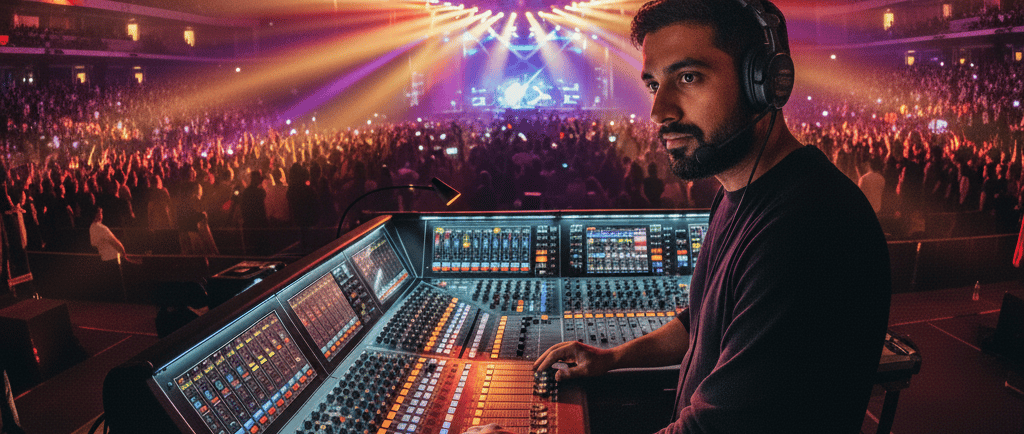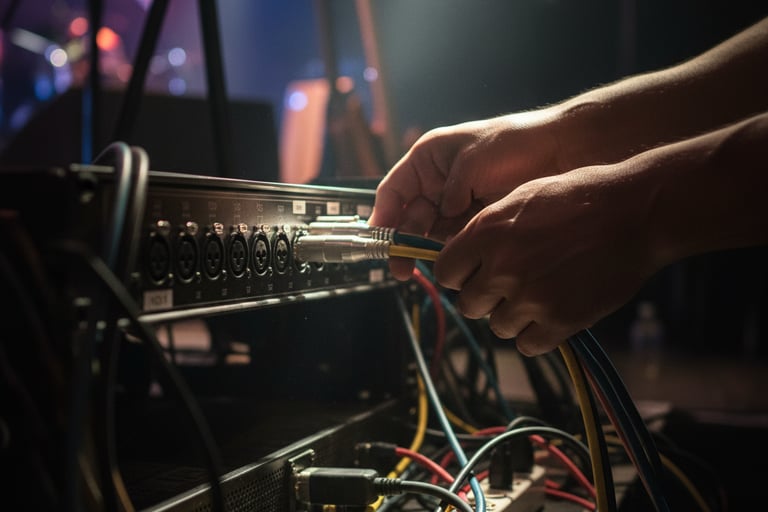Live Sound Engineering - Why AI Can't Replace Live Sound Engineers
Discover why the nuanced skills of live sound engineering —adaptation, problem-solving, and human connection—can't be replicated by AI. Learn why human expertise is irreplaceable in live audio.
5/8/20245 min read


Why AI Can't Replace Live Sound Engineers
It seems like every week, a new headline pops up about Artificial Intelligence doing something we once thought was uniquely human. AI can write articles, create stunning artwork, and even compose music. In the world of audio, especially in the recording studio, its presence is already felt. AI-powered tools can automatically balance the levels of a song, clean up background noise, and even suggest EQ settings with startling precision.
It’s easy to see this trend and wonder: what’s next? Could a computer program soon be sitting behind the mixing console at your favorite concert venue?
While AI is a powerful tool in a controlled, digital environment, the raw, unpredictable, and electrifying world of live sound is an entirely different beast. A live performance is a living, breathing thing, full of sudden changes and unquantifiable energy. It demands more than processing power. It demands intuition, judgment, experience, and the one tool that no machine can ever truly replicate: a trained human ear connected to a quick-thinking, problem-solving brain.
This isn’t a fear of new technology. This is a professional assessment of what the job of a live sound engineer actually entails. Let’s break down why the human touch will always be the most critical component in any live audio experience.
Alt Text: Live sound engineer mixing audio on a large console during a concert.
1. The Soul of the Mix: Reading the Room and the Artist
Have you ever noticed how different a room sounds when it's empty versus when it's packed with people? An empty hall is full of echoes and sharp, bouncing sound waves. A full house, on the other hand, sounds warmer and tighter, because hundreds of bodies act as natural sound absorbers.
An AI could analyze the acoustics of an empty room, but it can't feel the room change as the audience files in. It can't sense the shift in energy when the crowd roars in approval after a guitar solo or grows quiet during a heartfelt ballad. A live sound engineer doesn't just hear this; they feel it. They are constantly making tiny adjustments to the mix based on this human feedback loop. They might add a touch more reverb to a vocalist during a quiet moment to enhance the sense of intimacy, then pull it back and push the kick drum and bass forward when the energy kicks back up.
This intuition also extends to the performers on stage. An engineer learns to read an artist’s body language. A slight nod might mean "I need more of my voice in my monitor." A frustrated glance could signal that something doesn't feel right. The engineer becomes a silent, essential member of the band, anticipating their needs and ensuring they have the confidence to deliver their best performance. An algorithm can process audio signals, but it can't interpret human emotion or unspoken communication. This empathetic connection is the soul of a great mix.
2. The Art of Triage: Thinking on Your Feet in a Crisis
Every seasoned engineer has a list of war stories. The world of live sound is a minefield of potential technical problems, and they almost always happen at the worst possible moment.
Imagine this: It’s two minutes before the headliner goes on stage. A loud, persistent hum suddenly starts buzzing through the main speakers. This is often a "60-cycle hum," a common issue caused by electrical interference. An AI can't solve this. It can't get up, grab a multimeter, and start tracing cables to find the source of the ground loop. It can't communicate with the stagehands to isolate the problem. A human engineer, however, goes into triage mode, using their experience to quickly diagnose and fix the issue before the show is derailed.
Here’s another classic scenario: feedback. That ear-splitting squeal that happens when a microphone gets too close to a speaker. An engineer's trained ear can identify the exact frequency that is causing the feedback in a split second. They can then use a graphic equalizer to surgically "notch" out that single frequency, killing the squeal without affecting the overall quality of the sound. This is a high-pressure, precision task that requires years of ear training.
AI can't fix a dead battery in a wireless microphone pack mid-song. It can't re-patch a cable that someone accidentally kicked loose on stage. The job of a live sound engineer is as much about being a hands-on, physical problem-solver as it is about mixing music. It requires the ability to stay calm under pressure and find creative solutions when equipment inevitably fails.
3. The Human Interface: The Power of Communication and Trust
Perhaps the most crucial role of a live sound engineer is one that has nothing to do with technology: being a great communicator. Before a show even begins, the engineer talks with the artists. This conversation is vital. They discuss the setlist, the desired mood for each song, and specific technical needs. A singer might say, "For the ballad, I want my voice to sound dreamy and distant," or a drummer might ask, "Can you make sure the kick drum has a powerful punch in the mix?"
This dialogue builds a relationship of trust. The artists on stage need to feel confident that the person at the console understands their vision and will represent their music accurately. They need to know that if they have a problem, there's a reliable human being they can signal to for help. This psychological comfort is essential for a great performance.
The engineer is also the central communication hub for the entire production team. They coordinate with the stage manager, the lighting director, and the backline technicians to ensure the show runs smoothly. An AI cannot negotiate with a tour manager or reassure a nervous artist. It can't be a team player. This human connection is the glue that holds a live production together.
Future-Proof Your Career by Mastering the Human Craft
AI is a powerful tool, but it will only ever be a tool. It can process data, but it cannot exercise judgment. It can analyze frequencies, but it cannot build rapport or inspire trust. Its rise simply sharpens the distinction between a technician and a true audio professional.
The skills that will define a successful, long-term career in live sound are the ones that can never be turned into code: critical listening, creative problem-solving under pressure, and the ability to connect and collaborate with other human beings.
These are precisely the skills we cultivate in our One-Year Live Sound Engineering Program. This program is designed for dedicated professionals and serious enthusiasts who understand that great sound is about more than just technology. Our curriculum is grounded in the practical, real-world challenges you will face at the console every night. We focus on training your ears, sharpening your diagnostic skills, and mastering the collaborative techniques that make an engineer not just competent, but completely indispensable.
If you are ready to invest in a skill set that will always be in demand, we invite you to learn more about a career that is truly human-proof.
Click Here for Details on Our One-Year Live Sound Engineering Program


